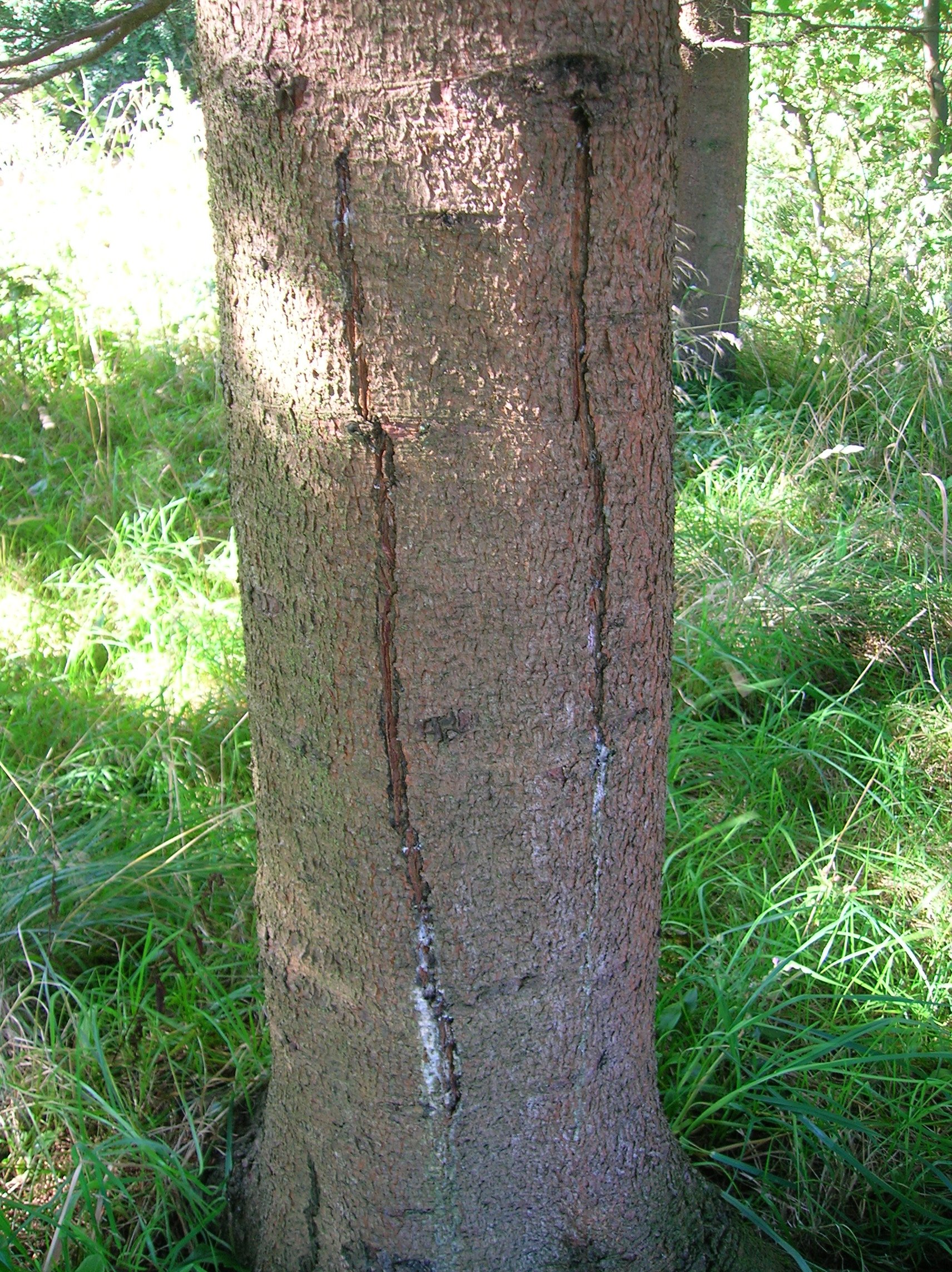Understanding Frost Cracks in Trees
Frost cracks, radial shakes, or winter splits are common abiotic disorders affecting trees. These vertical fissures in the trunks of trees can be a significant concern for arborists, landscapers, and tree enthusiasts.
How Frost Cracks Occur
Temperature Fluctuations: Frost cracks are primarily caused by a rapid drop in temperature, especially when a warm, sunny day is followed by a sudden cold night. During the day, the sun heats the tree trunk, causing it to expand. As the temperature plummets rapidly, the outer layer of the wood contracts more quickly than the inner layer, leading to stress and eventually cracking.
Internal Stress: Trees have inherent growth stresses which can be exacerbated by environmental factors. These internal stresses and external temperature changes contribute to the formation of frost cracks.
Thinner Bark Trees: Younger trees or trees with thinner bark are more susceptible to frost cracks. The thinner bark cannot insulate the tree effectively, making it vulnerable to rapid temperature changes.
Location and Exposure: The south or southwest side of the tree is more often affected as it faces the sun during the day, undergoing more significant temperature fluctuations.
Characteristics of Frost Cracks
Appearance: Frost cracks are vertical splits in the tree trunk. They vary in length and width and often penetrate deep into the wood.
Sound: Interestingly, frost cracks can sometimes be accompanied by a loud cracking as the wood splits, often startling to those nearby.
Healing Process: Trees respond to frost cracks by forming callus tissue along the edges of the crack. However, the crack may not close entirely and can reopen in subsequent winters.
Long-term Impacts on Trees
Vulnerability to Pathogens: The open fissures can become entry points for pathogens and pests, potentially leading to infections and decay.
Structural Weakness: Repeated occurrences of frost cracks can weaken the tree's structural integrity, making it more susceptible to breaking in storms.
Aesthetic Damage: Besides the health implications, frost cracks can detract from the tree's aesthetic value, especially in ornamental species.
Preventive Measures
Tree Wrapping: Protecting the trunks of young trees with tree wraps can moderate temperature fluctuations and reduce the occurrence of frost cracks.
Proper Selection and Planting: Choosing tree species less susceptible to frost cracks and planting them in less exposed locations can minimize risk.
Watering and Mulching: Adequate watering and mulching can help maintain uniform conditions around the root zone, thereby reducing stress on the tree.
Avoiding Winter Pruning: Pruning in winter can increase the risk of frost cracks. It's advisable to prune during dormant seasons but not in the heart of winter.
In conclusion, understanding the dynamics of frost cracks is crucial in managing the health and appearance of trees. While they are natural, proactive measures and proper tree care can mitigate their impact. As always, regular monitoring and maintenance play a key role in the overall well-being of trees.

